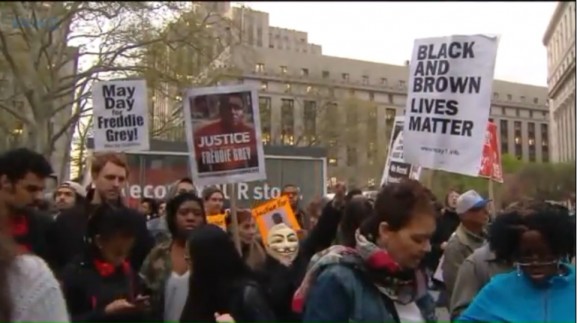Dear Commons Community,
A ruling by Maricopa County Superior Court Arthur Anderson says DACA (Deferred Action for Childhood Arrrivals) recipients have a right to reside in the state, according to federal law, and Arizona law shouldn’t interfere with that.
“Federal law, not state law, determines who is lawfully present in the U.S.,” the ruling says. It adds: “The circumstance under which a person enters the U.S. does not determine that person’s lawful presence here.” With this ruling, undocumented immigrants living in Arizona while their deportations are deferred are lawfully residing in the state and therefore eligible to pay in-state tuition to attend state colleges, a judge has ruled. As reported in The Huffington Post;
“Tuesday’s ruling in a case filed against the Maricopa County Community College District has implications for the state’s roughly 20,000 recipients of deportation relief under President Barack Obama’s Deferred Action for Childhood Arrivals program. DACA, as the policy is known, defers deportation and offers work authorization to many undocumented immigrants who were brought to the country as children.
“It’s very exciting,” Erika Andiola, a Phoenix immigrant rights activist and DACA recipient. “For us, it’s showing that we’re on the right side of the law.”
Andiola said activists like her will be watching to see if the Arizona Board of Regents puts the state’s university system on the same path as the colleges.
“The Arizona Board of Regents is committed to broadening access and affordability for all students in Arizona and, as part of that mission, supports lawful opportunities to increase access for DACA students,” Eileen Klein, the board’s president, said in a statement following the ruling. “We are currently reviewing the court’s decision. As we do with all board policies, we will comply fully with state and federal law.”
The regents will meet on Thursday at 10 a.m. to discuss how to handle tuition rates for DACA recipients in light of the ruling, board spokeswoman Katie Paquet said.
Tom Horne, a former Republican state attorney general, sued Maricopa County Community College District in June 2013, arguing that charging DACA recipients in-state tuition for the district’s 10 colleges violated a 2006 law passed by referendum that prohibits undocumented immigrants from receiving the in-state price, which is considerably cheaper than out-of-state tuition.
“I’m very pleased with Judge Anderson’s ruling in this important case,” Maricopa County Community College District chancellor Rufus Glasper said, according to the Phoenix New Times. “Since our founding, the Maricopa Community Colleges have stood for accessible and affordable education for all members of our community, and this ruling endorses our mission. The real winners in this case are the students of Maricopa County, and each one can continue to count on us to help them fulfill their educational goals.”
Good ruling and good news for DACA recipients.
Tony



